42 semiconductor nanocrystals as fluorescent biological labels
Developing New Nanoprobes from Semiconductor Nanocrystals The U.S. Department of Energy's Office of Scientific and Technical Information Semiconductor nanocrystals as fluorescent biological labels Semiconductor nanocrystals were prepared for use as fluorescent probes in biological staining and diagnostics. Compared with conventional fluorophores, the nanocrystals have a narrow, tunable, symmetric emission spectrum and are photochemically stable.
Semiconductor Nanocrystals as Fluorescent Biological Labels adshelp[at]cfa.harvard.edu The ADS is operated by the Smithsonian Astrophysical Observatory under NASA Cooperative Agreement NNX16AC86A

Semiconductor nanocrystals as fluorescent biological labels
Semiconductor nanocrystals as fluorescent biological labels. Chemistry, Physics, Science, Semiconductor nanocrystals were prepared for use as fluorescent probes in biological staining and diagnostics. Compared with conventional fluorophores, the nanocrystals have a narrow, tunable, symmetric emission spectrum and are photochemically stable. Semiconductor Nanocrystals as Fluorescent Biological Labels Semiconductor Nanocrystals as Fluorescent Biological Labels, REPORTS, SCLM origin of these peridotites is the close, spatial proximity of mantle with such widely, varying extraction ages, when every other, geochemical aspect of the peridotites sug-, gests they are petrogenetically related (9, 10). These Os isotope data indicate that unusu-, Semiconductor Nanocrystal - an overview | ScienceDirect Topics Semiconductor nanocrystals (NCs) represent an important class of building blocks materials for next-generation solution-processed optoelectronic devices. The ability to control the shape and thus the spatial extent of electron and hole-wave functions enables new opportunities for materials design and performance enhancement of NC-based devices.
Semiconductor nanocrystals as fluorescent biological labels. Semiconductor Nanocrystals as Fluorescent Biological Labels 25/09/1998 · Figure 2 (A) Size- and material-dependent emission spectra of several surfactant-coated semiconductor nanocrystals in a variety of sizes.The blue series represents different sizes of CdSe nanocrystals with diameters of 2.1, 2.4, 3.1, 3.6, and 4.6 nm (from right to left).The green series is of InP nanocrystals with diameters of 3.0, 3.5, and 4.6 nm. Non-blinking semiconductor nanocrystals | Nature Semiconductor nanocrystals have size-tunable optical properties that open up possibilities for revolutionary advances in lasers 8, light-emitting diodes 9, solar cells 10 and biological imaging 11,... PDF Semiconductor Nanocrystals as Fluorescent Biological Labels Semiconductor nanocrystals were prepared for use as ßuorescent probes in biological staining and diagnostics. Compared with conventional ßuorophores, the nanocrystals have a narrow, tunable, symmetric emission spectrum and are photochemically stable. Near-infrared fluorophores for biomedical imaging - Nature 10/01/2017 · In vivo near-infrared (NIR) fluorescence imaging is an emerging biomedical imaging modality for use in both fundamental scientific research and clinical practice. Owing to advances in reducing ...
› us › enFluorescence Fundamentals | Thermo Fisher Scientific - US A fluorescent probe is a fluorophore designed to respond to a specific stimulus or to localize within a specific region of a biological specimen. The process responsible for the fluorescence of fluorescent probes and other fluorophores is illustrated by the simple electronic-state diagram (Jablonski diagram) shown in Figure 2. AU6392399A - Biological applications of semiconductor nanocrystals ... semiconductor nanocrystals biological applications biological applications nanocrystals Prior art date 1998-09-18 Legal status (The legal status is an assumption and is not a legal conclusion. Google has not performed a legal analysis and makes no representation as to the accuracy of the status listed.) Abandoned Application number AU63923/99A ... Direct conjugation of semiconductor nanocrystals to a globular protein ... In this Article, we study the development of semiconductor nanocrystals (quantum dots of average diameter less than 2 nm) directly conjugated to a transporter protein human serum albumin (HSA) as fluorescent biological labels. Förster resonance energy transfer (FRET) from the amino acid tryptophan ( … Semiconductor Quantum Rods as Single Molecule Fluorescent Biological Labels In this paper, we report the development of rod-shaped semiconductor nanocrystals (quantum rods) as fluorescent biological labels. Water-soluble biocompatible quantum rods have been prepared by surface silanization and applied for nonspecific cell tracking as well as specific cellular targeting.
en.wikipedia.org › wiki › Quantum_dotQuantum dot - Wikipedia They have potential uses in diode lasers, amplifiers, and biological sensors. Quantum dots may be excited within a locally enhanced electromagnetic field produced by gold nanoparticles, which then can be observed from the surface plasmon resonance in the photoluminescent excitation spectrum of (CdSe)ZnS nanocrystals. High-quality quantum dots ... PDF Literature list/links for fluorescent semiconductor NCs in biology Literature list/links for fluorescent semiconductor NCs in biology (some files may require an institutional or individual subscription to the journal) Solubilization / Functionalization M. Bruchez, M. Moronne, P. Gin, S. Weiss, A. P. Alivisatos, Semiconductor nanocrystals as fluorescent biological labels Science 281, 2013-2016 (SEP 25, 1998). Semiconductor nanocrystals for biological imaging - ScienceDirect Semiconductor nanocrystals (see glossary), also called quantum dots (QDs), are a new class of fluorescent biological labels. Originating from quantum confinement (see glossary) of electrons and holes within the nanocrystal core material, the fluorescence from QDs is unique compared with that from traditional organic fluorophores. › doi › 10Semiconductor Nanocrystals as Fluorescent Biological Labels ... Sep 25, 1998 · In semiconductor nanocrystals, the absorbance onset and emission maximum shift to higher energy with decreasing size ().The excitation tracks the absorbance, resulting in a tunable fluorophore that can be excited efficiently at any wavelength shorter than the emission peak yet will emit with the same characteristic narrow, symmetric spectrum regardless of the excitation wavelength (Fig. 1B).
Semiconductor nanocrystals as fluorescent biological labels Semiconductor nanocrystals as fluorescent biological labels Author BRUCHEZ, M. JR 1 2; MORONNE, M 3; GIN, P 3; WEISS, S 4; ALIVISATOS, A. P 1 2 [1] Department of Chemistry, University of California, Berkeley, CA 94720, United States [2] Materials Sciences Division, Lawrence Berkeley National Laboratory (LBNL), 1 Cyclotron Road, Berkeley, CA 94720, United States [3] Life Sciences Division, LBNL ...
Semiconductor nanocrystals and fluorescence microscopy in biological ... In the last decade a new class of fluorescent materials, constituted by semiconductor nanocrystals in the quantum confinement regimen, known as quantum dots (QDs) is being tested as biolabels.
Luminescent nanomaterials for biological labelling - IOPscience The newer classes of fluorescent labels are gaining increasing popularity in place of their predecessors due to their better optical properties such as possessing an enhanced photostability and a larger Stokes shift over conventional organic fluorophores, for example. ... Bruchez M Jr et al 1998 Semiconductor nanocrystals as fluorescent ...
› articles › s41377/022/00913-6Liquid crystal-templated chiral nanomaterials: from chiral ... Jul 14, 2022 · The strong interaction of chiral nanomaterials with electromagnetic waves in the spectral regions, ranging from microwave and terahertz to infrared, visible and ultraviolet regions, is the ...
Quantum Dots for Molecular Imaging and Cancer Medicine - PMC Fluorescent qdots are small nanocrystals (1-10 nm) made of inorganic semiconductor materials in which electronic excitations (electron-hole pairs, or excitons) are confined. Their small size imparts them with intriguing optical properties, very different from the properties of the bulk material on which they are based.
Nucleic Acid-Passivated Semiconductor Nanocrystals: Biomolecular ... Semiconductor nanocrystals possess optical properties that are superior to traditional organic fluorescent dyes. However, wide adoption of nanocrystals for biological imaging has not yet been realized largely due to the absence of practical synthetic methods for the preparation of biocompatible and nontoxic nanocrystals appended with customized ...
Multi-dimensional Nanostructures for Microfluidic Screening of ... The Péclet number, another dimensionless parameter described by P = U L D (where U = velocity, L = length of the channel, and D = diffusivity) determines whether the mass transport is dominated by diffusion or convection. If Pe > 1, then diffusion dominates and if Pe < 1, convection dominates. The flow in microfluidic channels have a typically large, providing flow conditions …
Semiconductor Nanocrystals as Fluorescent Biological Labels - ResearchGate Semiconductor nanocrystals were prepared for use as fluorescent probes in biological staining and diagnostics. Compared with conventional fluorophores, the nanocrystals have a narrow, tunable,...
Single-Molecule Super-Resolution Imaging | Nikon’s MicroscopyU Stochastic Optical Reconstruction Microscopy, STORM, is one of a family of Nobel Prize winning super-resolution Single Molecule Localization Microscopies (SMLM) for the visualization of biological systems with an optical resolution measured in the tens of nanometers (nm) in the x, y, and z directions.Pioneered in the laboratory of Xiaowei Zhuang at Harvard University, this …
› topics › engineeringQuantum Confinement Effect - an overview | ScienceDirect Topics In Nanostructured Semiconductor Oxides for the Next Generation of Electronics and Functional Devices, 2014. 6.5.2 PbS and PbSe quantum dot layers. It has been reported that the quantum confinement effect contributes to the extension of the photovoltaic potential of low-bandgap semiconductors such as PbS or PbSe (bandgaps are about 0.41 157 and 0.27 eV 158 for PbS and PbSe, respectively) by ...
Semiconductor Nanocrystals: The Next Thing in Fluorescent Probes "The development of semiconductor nanocrystals for biological labeling gives biologists an entire new class of fluorescent probes for which no small organic molecule equivalent exists," the authors of the Science paper wrote. "These nanocrystal probes can be complementary and in some cases may be superior to existing fluorophores."
Liquid crystal-templated chiral nanomaterials: from chiral ... - Nature 14/07/2022 · The strong interaction of chiral nanomaterials with electromagnetic waves in the spectral regions, ranging from microwave and terahertz to infrared, visible and ultraviolet regions, is the ...
Quantum dot - Wikipedia Quantum dots (QDs) are semiconductor particles a few nanometres in size, having optical and electronic properties that differ from those of larger particles as a result of quantum mechanics.They are a central topic in nanotechnology.When the quantum dots are illuminated by UV light, an electron in the quantum dot can be excited to a state of higher energy.
Semiconductor nanocrystals as fluorescent biological labels DOI: 10.1126/science.281.5385.2013, Abstract, Semiconductor nanocrystals were prepared for use as fluorescent probes in biological staining and diagnostics. Compared with conventional fluorophores, the nanocrystals have a narrow, tunable, symmetric emission spectrum and are photochemically stable.
Carbon Nanoparticle-based Fluorescent Bioimaging Probes Fluorescent nanoprobes based on doped semiconductor nanocrystals 50, fluorescent gold clusters ... We have also demonstrated that functionalised FCNs can be used as fluorescent biological labels ...
Fluorescence Fundamentals | Thermo Fisher Scientific - US Fluorescence is the result of a three-stage process that occurs in certain molecules (generally polyaromatic hydrocarbons or heterocycles) called fluorophores or fluorescent dyes (Figure 1).A fluorescent probe is a fluorophore designed to respond to a specific stimulus or to localize within a specific region of a biological specimen.
What are quantum dots? - Nanowerk Quantum dots (QDs) are man-made nanoscale crystals that that can transport electrons. When UV light hits these semiconducting nanoparticles, they can emit light of various colors. These artificial semiconductor nanoparticles that have found applications in composites, solar cells and fluorescent biological labels.
A novel fluorescent label based on biological ... - SpringerLink Uniform-sized fluorescent nanoparticles have been prepared by employing silica as the shell and a highly luminescent dye complex of ruthenium ion and bipyridyl, tris(2,2'-bipyridyl) dichlororuthenium(II) hexahydrate as the core of the nanoparticles. A novel fluorescent label method is proposed, which is based on the biological fluorescent nanoparticles on the foundation of nanotechnology ...
Semiconductor Nanocrystals for Biological Imaging and Fluorescence ... Semiconductor nanocrystals (SNCs) are a nano-sized inorganic material. Due to the quantum confinement effect, these crystals exhibit unique optical and electrical properties. This chapter focuses on biological applications of SNCs, ranging from in vitro single-molecule tracking to in vivo fluorescence imaging.
PDF Ovid: Bruchez: Science, Volume 281(5385).September 25, 1998.2 Semiconductor nanocrystals were prepared for use as fluorescent probes inbiological staining and diagnostics.Compared with conventional fluorophores, thenanocrystals have a narrow, tunable,...
Quantum Confinement Effect - an overview | ScienceDirect Topics In Nanostructured Semiconductor Oxides for the Next Generation of Electronics and Functional Devices, 2014. 6.5.2 PbS and PbSe quantum dot layers. It has been reported that the quantum confinement effect contributes to the extension of the photovoltaic potential of low-bandgap semiconductors such as PbS or PbSe (bandgaps are about 0.41 157 and 0.27 eV 158 for PbS …
Semiconductor nanocrystals as fluorescent biological labels. Semiconductor nanocrystals were prepared for use as fluorescent probes in biological staining and diagnostics. Compared with conventional fluorophores, the nanocrystals have a narrow, tunable, symmetric emission spectrum and are photochemically stable.
Semiconductor nanocrystals as fluorescent biological labels - Academia.edu Download Free PDF, Semiconductor nanocrystals as fluorescent biological labels, 1998, Shimon Weiss, Full PDF Package, This Paper, A short summary of this paper, 37 Full PDFs related to this paper, Read Paper, Download Full PDF Package, Translate PDF,
pubs.acs.org › doi › 10Fluorescent Nanoparticles for Super-Resolution Imaging Super-resolution imaging techniques that overcome the diffraction limit of light have gained wide popularity for visualizing cellular structures with nanometric resolution. Following the pace of hardware developments, the availability of new fluorescent probes with superior properties is becoming ever more important. In this context, fluorescent nanoparticles (NPs) have attracted increasing ...
› what_are_quantum_dotsWhat are quantum dots? - Nanowerk Quantum dots (QDs) are man-made nanoscale crystals that that can transport electrons. When UV light hits these semiconducting nanoparticles, they can emit light of various colors. These artificial semiconductor nanoparticles that have found applications in composites, solar cells and fluorescent biological labels.
Fluorescent Nanoparticles for Super-Resolution Imaging Super-resolution imaging techniques that overcome the diffraction limit of light have gained wide popularity for visualizing cellular structures with nanometric resolution. Following the pace of hardware developments, the availability of new fluorescent probes with superior properties is becoming ever more important. In this context, fluorescent nanoparticles (NPs) have attracted …
Semiconductor Nanocrystal - an overview | ScienceDirect Topics Semiconductor nanocrystals (NCs) represent an important class of building blocks materials for next-generation solution-processed optoelectronic devices. The ability to control the shape and thus the spatial extent of electron and hole-wave functions enables new opportunities for materials design and performance enhancement of NC-based devices.
Semiconductor Nanocrystals as Fluorescent Biological Labels Semiconductor Nanocrystals as Fluorescent Biological Labels, REPORTS, SCLM origin of these peridotites is the close, spatial proximity of mantle with such widely, varying extraction ages, when every other, geochemical aspect of the peridotites sug-, gests they are petrogenetically related (9, 10). These Os isotope data indicate that unusu-,
Semiconductor nanocrystals as fluorescent biological labels. Chemistry, Physics, Science, Semiconductor nanocrystals were prepared for use as fluorescent probes in biological staining and diagnostics. Compared with conventional fluorophores, the nanocrystals have a narrow, tunable, symmetric emission spectrum and are photochemically stable.


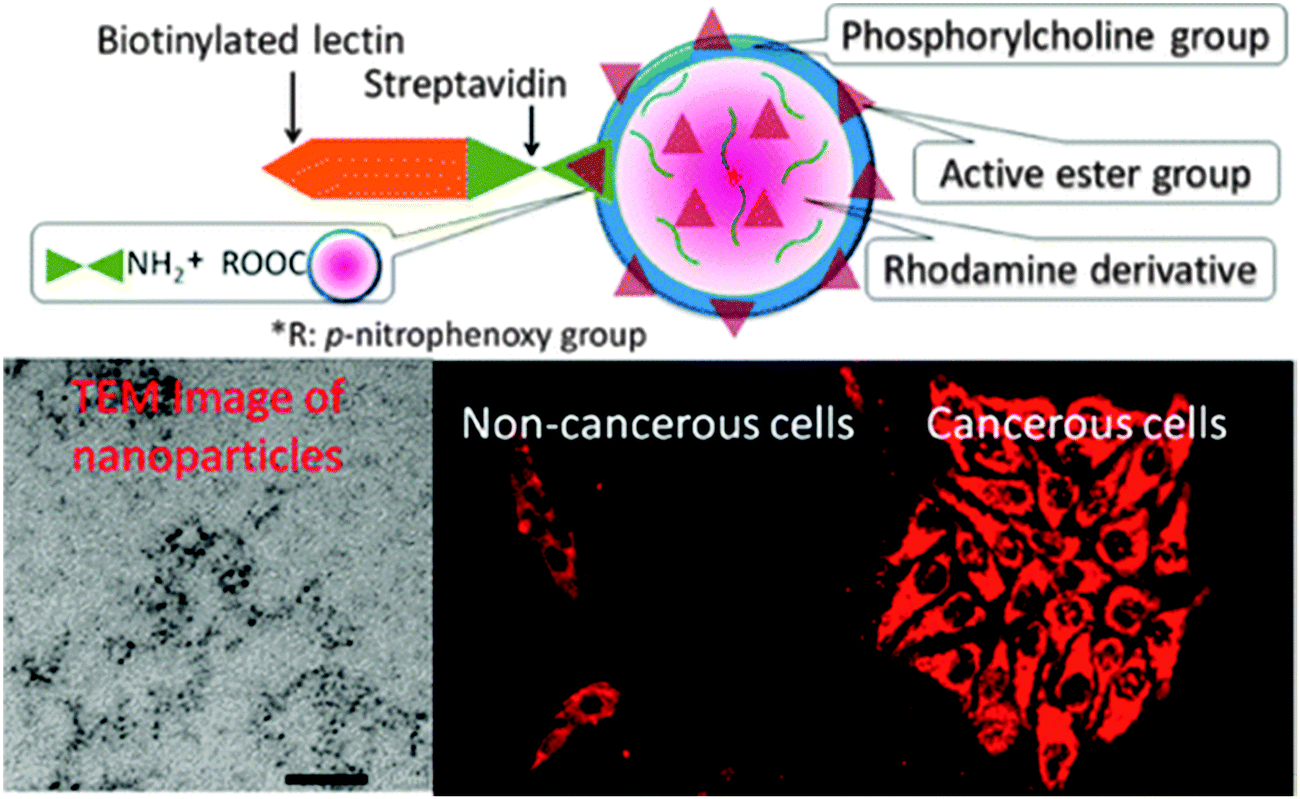

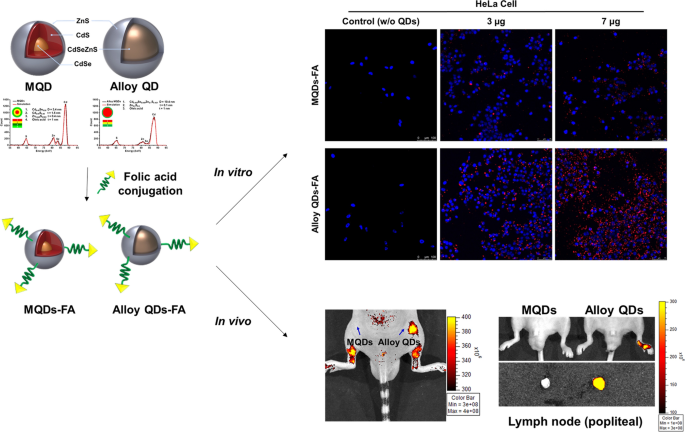
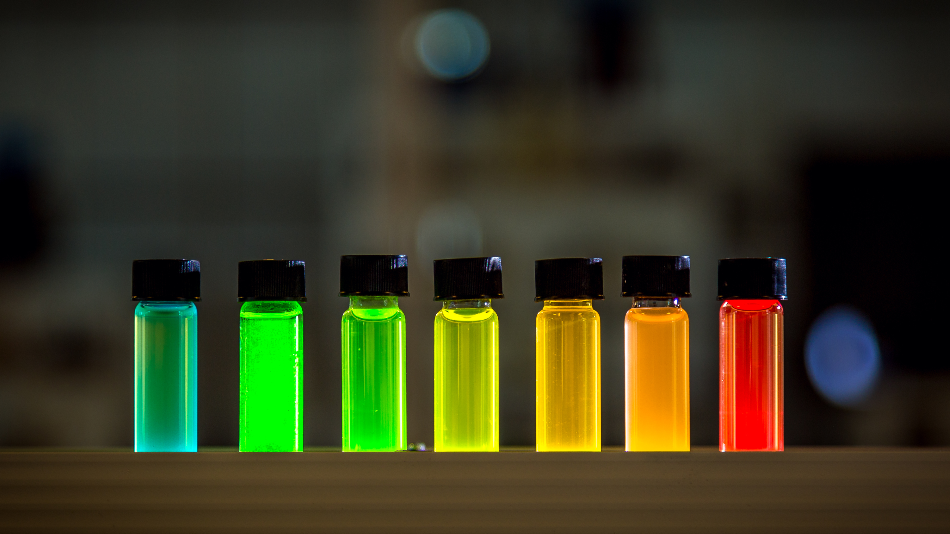



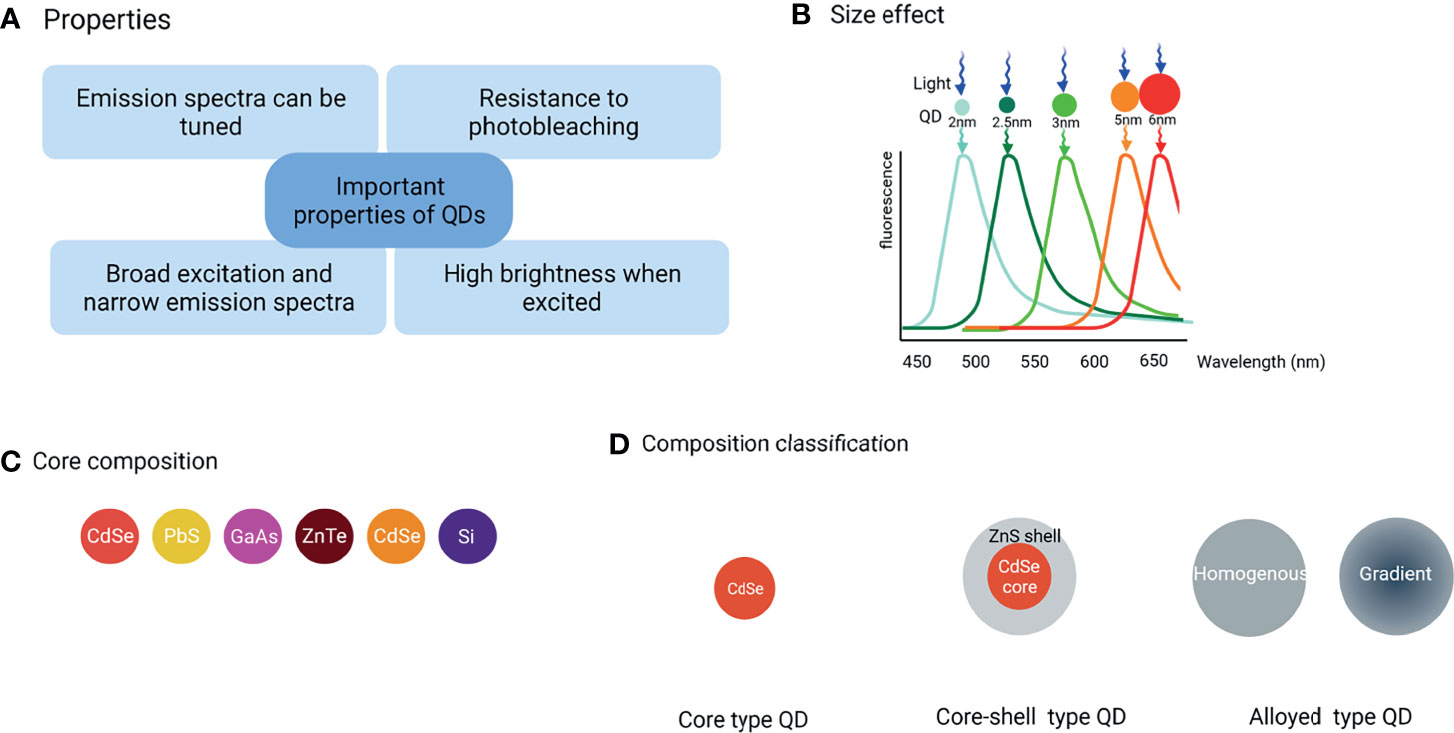


![PDF] Properties of Fluorescent Semiconductor Nanocrystals and ...](https://d3i71xaburhd42.cloudfront.net/981258acf35431bfbd83d284071a80afecdd27d6/7-Figure5-1.png)


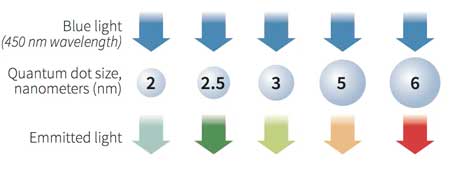
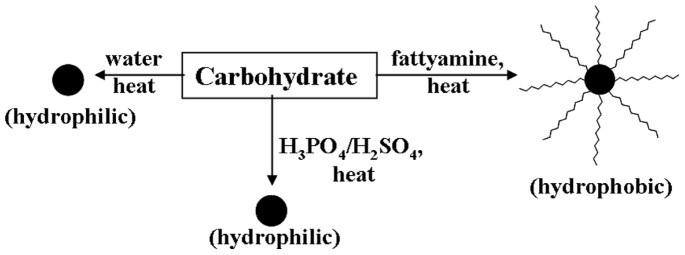
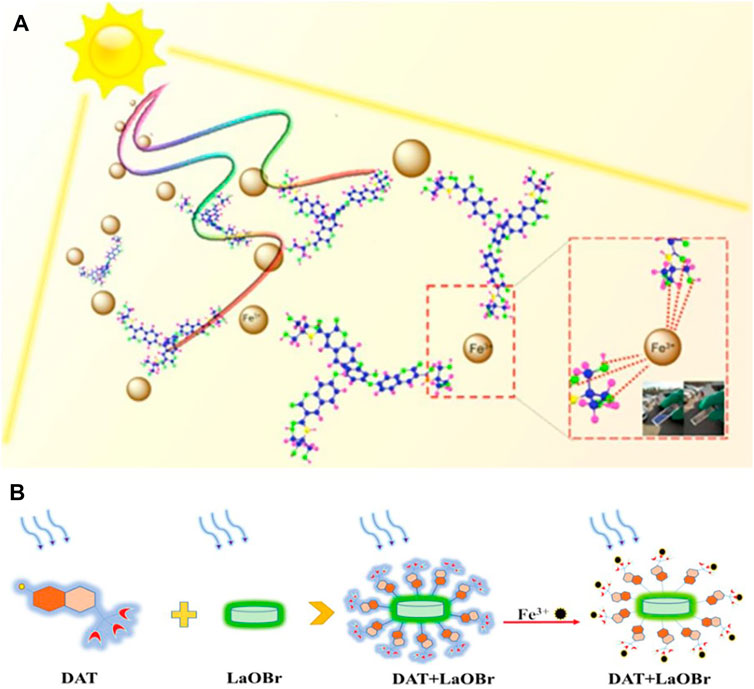

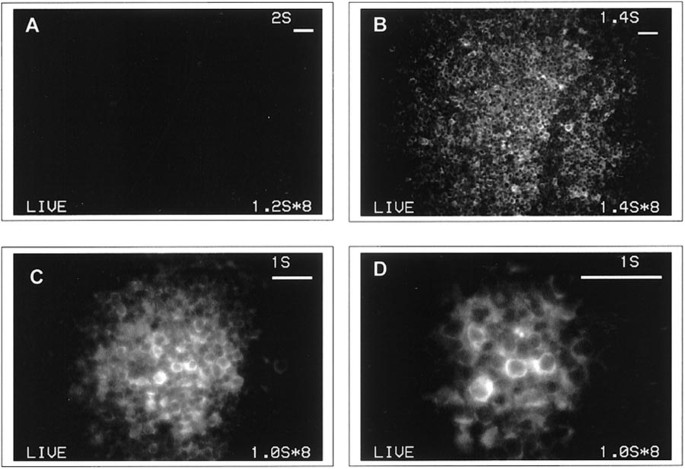
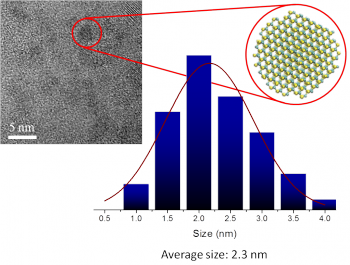

![PDF] Properties of Fluorescent Semiconductor Nanocrystals and ...](https://d3i71xaburhd42.cloudfront.net/981258acf35431bfbd83d284071a80afecdd27d6/8-Figure6-1.png)

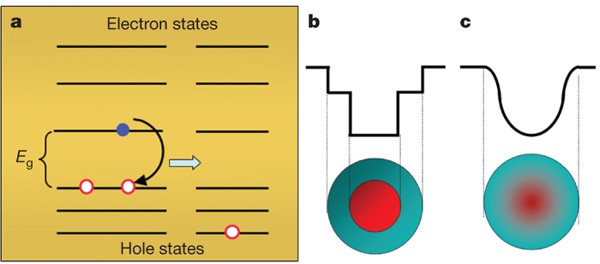


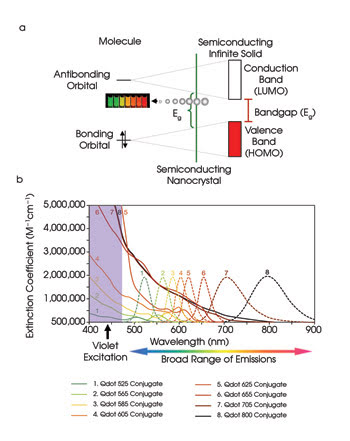
Post a Comment for "42 semiconductor nanocrystals as fluorescent biological labels"